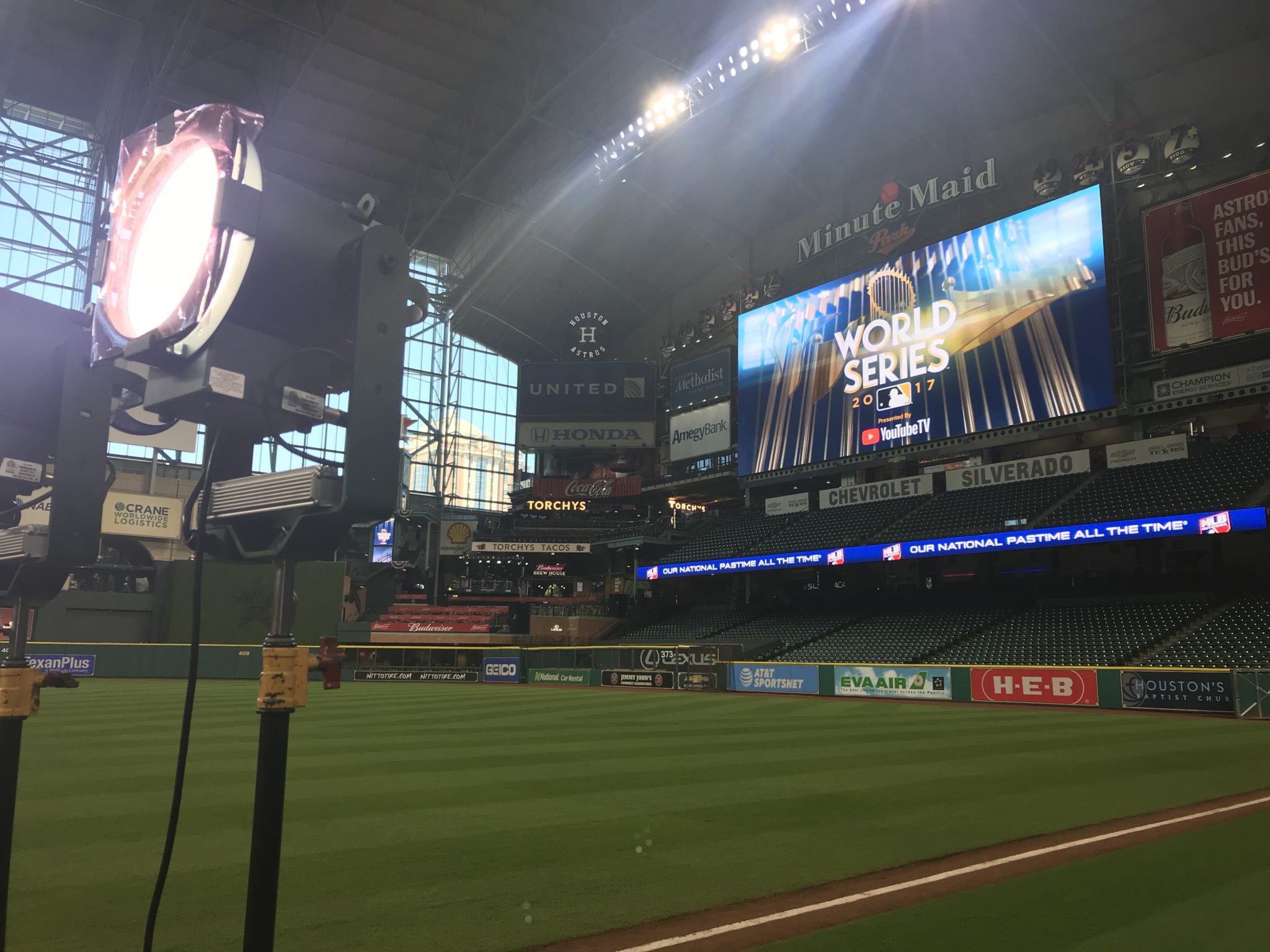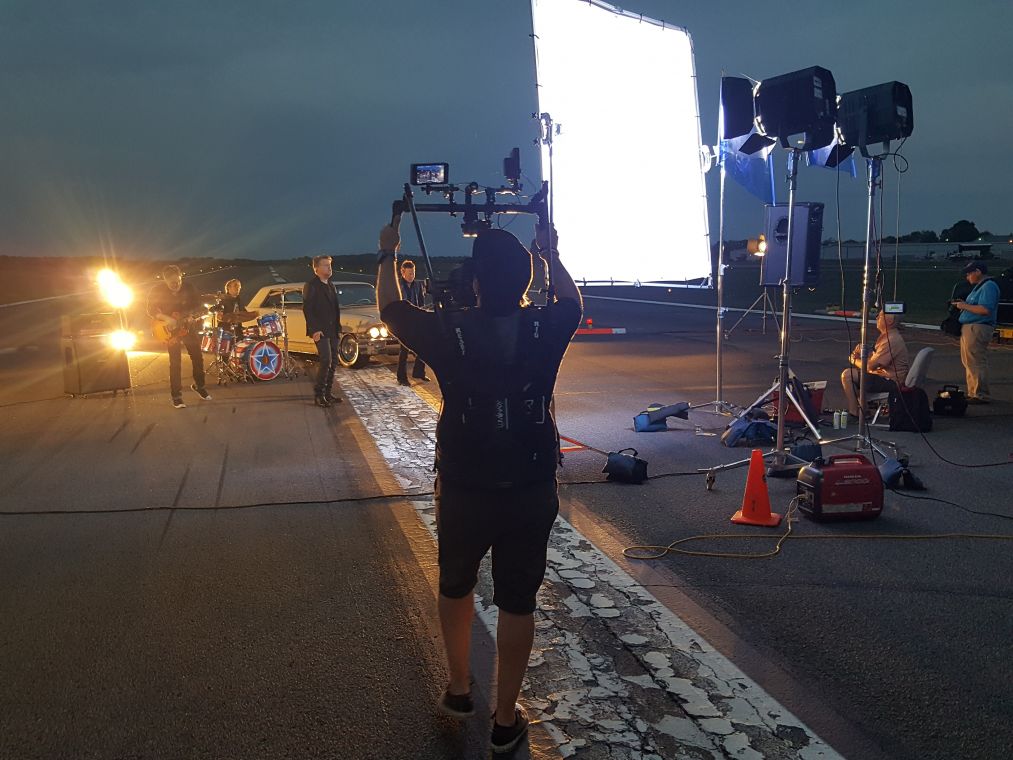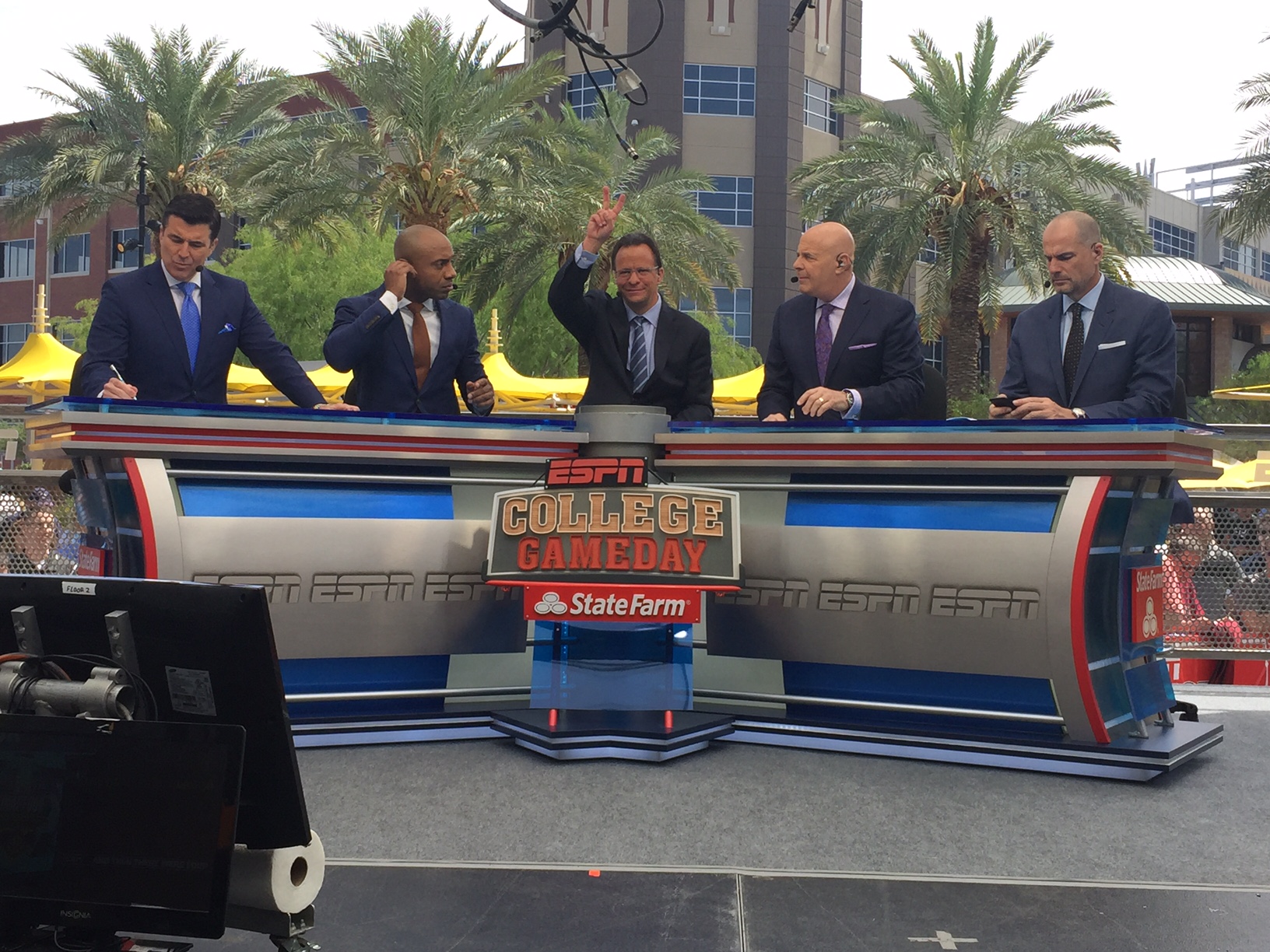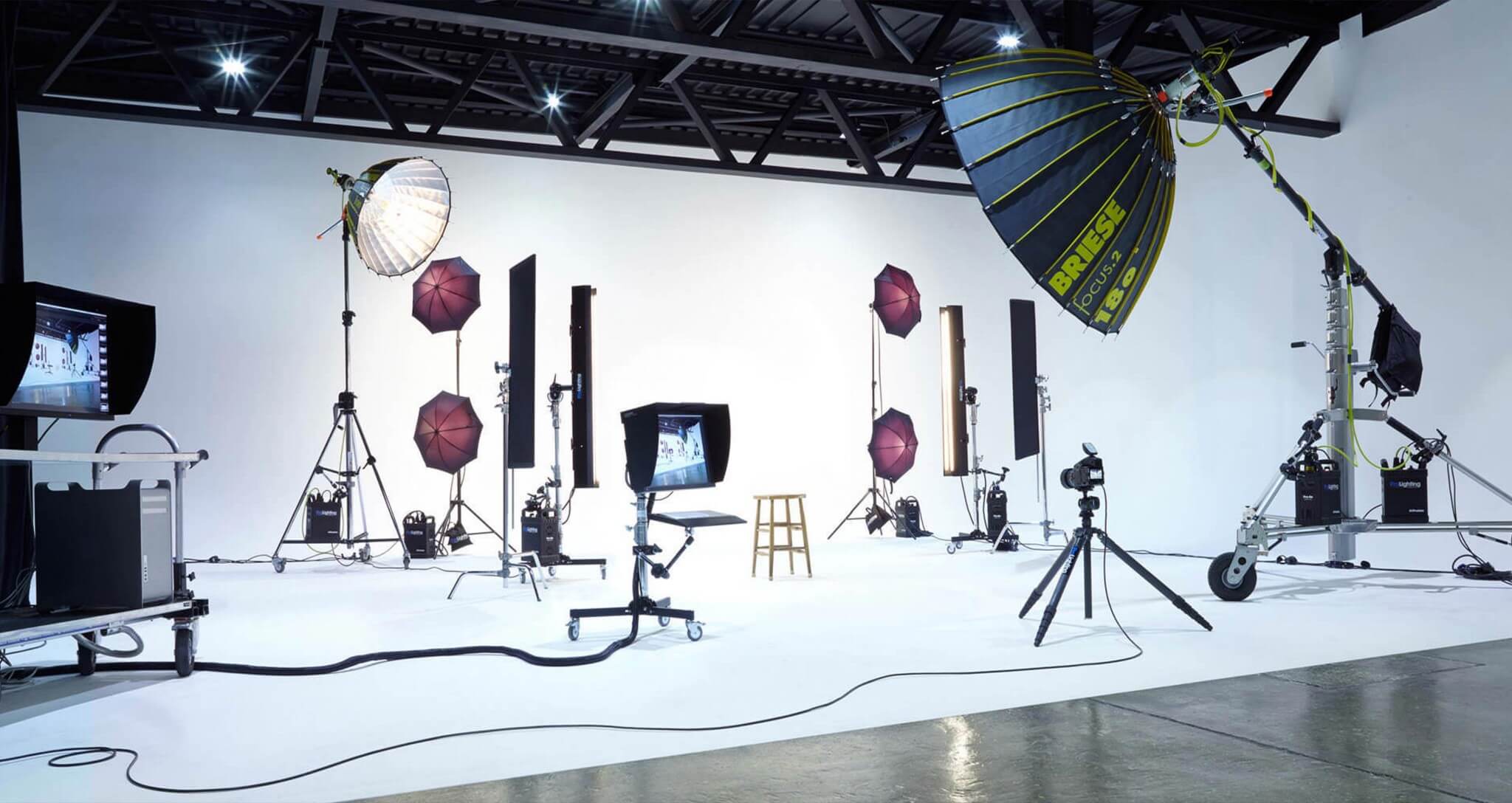Illuminating a live event presents special challenges for lighting directors. From sporting events to concerts there must be sufficient lighting for audiences to see what’s happening without blinding viewers or performers. Subjects must be highlighted, while providing sufficient light for events that are recorded for later viewing or broadcast live.
Simply employing more lights doesn’t mean a venue will be any brighter. Professional lighting directors are intimately acquainted with the interplay of light and shadows, reflection techniques, cameo lighting, and the relationship between filming methods and the light required. They’re also well-versed in the application of LED lighting and have the ability to see from the camera’s perspective and not just what’s apparent to the naked eye.
It’s important for the lighting director to actually examine the arena in the dark and discover what type of illumination options may or may not already be available at the venue. LED lights allow an elevated level of lighting that’s eco-friendly and can be deployed in a vast array of arrangements. Light balloons are another option that can be employed alone or in combination with other methods to achieve the desired effect.
Digital cameras react differently to low light situations, making it important to know how the cinematographer will be filming. The use of industry-specific sensors is indispensable for gauging illumination levels in different areas, eliminating graininess, and detecting unwanted areas of shadows.
Creating pools of illumination rather than trying to saturate an entire venue provides a more realistic appearance. Less lighting can be used with the strategic positioning of reflectors that result in a softer look. Even wetting down concrete can act as a reflector. Lighting directors are also familiar with the camera techniques used for nighttime filming and the lighting requirements for each.
Keep in mind that even the best lighting directors at the pinnacle of their careers check and recheck every aspect of their lighting plans and run simulations. They leave nothing to chance, especially during demanding night shoots. They utilize all their creative skills and technical knowledge to illuminate venues that enables viewers to feel as if they’re actually there and part of the action.
Frank Gatto & Associates, Inc. are specialists in lighting for television events of all kinds. If you have an event that needs expert lighting, please call us today to see how we can help.
Phone: 561-368-0101
Email: frank@frankgattolighting.com
We can be found on Social Media at the following links.





